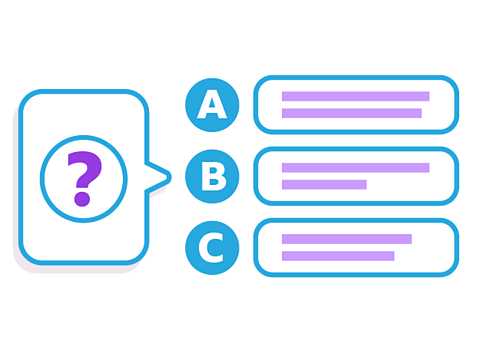Key points about reflexive verbs in the present tense in Spanish

Reflexive verbs are used to describe actions you do to yourself.
Reflexive verbs are formed in the same way as regular verbs but also with a reflexive pronoun such as me, te, se.
In the present tense the reflexive pronoun comes before the regular verb.
What are reflexive verbs in Spanish?
Reflexive verbs are often used to describe actions that we do to ourselves. They are particularly useful when talking about daily routine.
For example:
Sorry, something went wrongCheck your connection, refresh the page and try again. - to go to bed
Sorry, something went wrongCheck your connection, refresh the page and try again. - to have a shower
Sorry, something went wrongCheck your connection, refresh the page and try again. - to wake up
Sorry, something went wrongCheck your connection, refresh the page and try again. - to get dressed
Reflexive verbs are also used for talking about relationships with other people.
For example:
Sorry, something went wrongCheck your connection, refresh the page and try again. - to get married
Sorry, something went wrongCheck your connection, refresh the page and try again. - to get on well
Sorry, something went wrongCheck your connection, refresh the page and try again. - to get divorced
Sorry, something went wrongCheck your connection, refresh the page and try again. - to argue
How to form reflexive verbs using the reflexive pronoun
reflexive verbFormed in the same way as regular ar/er/ir verbs but includes a reflexive pronoun (eg me, te, se). Often used to describe actions that we do to ourselves. are formed in the same way as regular ar / er / ir verbs but include a reflexive pronounA pronoun used with a reflexive verb, for example myself, yourself and himself. (for example me, te, se).
The reflexive pronoun is attached to the end of the infinitive. For example:
ІъІ№Г±І№°щІх±р - to have a bath.
In the present tenseA verb that describes an action that is happening now or that happens regularly, eg I eat breakfast., the pronoun comes before the verb and changes according to the person.
For example:
Me baГ±o. - I have a bath.
Nos baГ±amos. - We have a bath.
| Sorry, something went wrongCheck your connection, refresh the page and try again. | to get up |
|---|---|
| Sorry, something went wrongCheck your connection, refresh the page and try again. | I get up |
| Sorry, something went wrongCheck your connection, refresh the page and try again. | you get up |
| Sorry, something went wrongCheck your connection, refresh the page and try again. | he/she gets up |
| Sorry, something went wrongCheck your connection, refresh the page and try again. | we get up |
| Sorry, something went wrongCheck your connection, refresh the page and try again. | you (plural) get up |
| Sorry, something went wrongCheck your connection, refresh the page and try again. | they get up |
Find out more about reflexive pronouns in this guide.
Present tense reflexive verbs in Spanish - Mini quiz

Complete this sentence using the infinitive levantarse:
________ a las siete.
I get up at seven.
Me levanto a las siete.
Complete this sentence using the infinitive ducharse:
________ a las diez.
He has a shower at ten.
Se ducha a las diez.
Quiz - Present tense reflexive verbs in Spanish
Practise what you've learned about reflexive verbs in the present tense in Spanish with this quiz.
Now you have learned about reflexive verbs in the present tense in Spanish why not explore the conditional in Spanish?
More on Present tense verbs
Find out more by working through a topic
- count9 of 10

- count10 of 10

- count1 of 10
